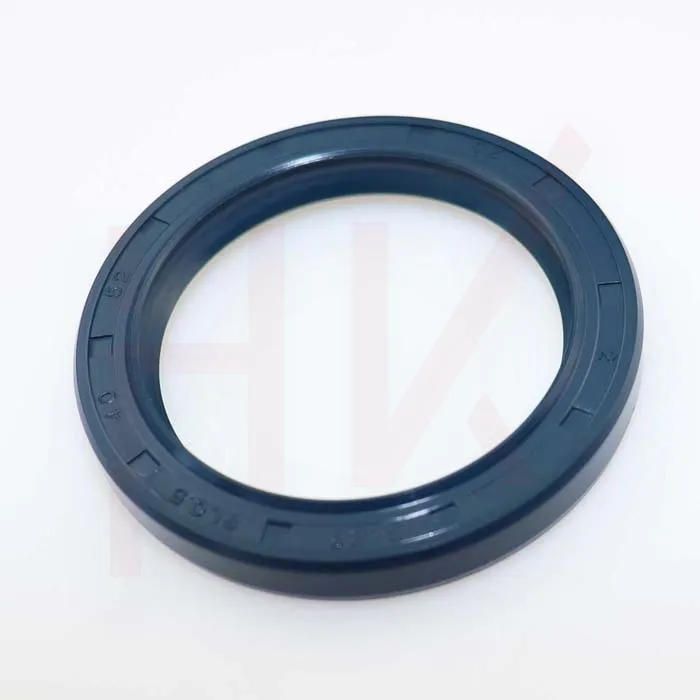ធ្នូ . 05, 2024 16:02 Back to list
hydraulic ram seals
Understanding Hydraulic Ram Seals An Essential Component of Hydraulic Systems
Hydraulic systems are pivotal in various industrial applications, from manufacturing to automotive engineering. At the heart of these systems is the hydraulic ram, a device that utilizes pressurized fluid to generate linear motion. One of the critical components of hydraulic rams that ensures their efficient operation is the hydraulic ram seals. This article delves into the function, types, and maintenance of hydraulic ram seals, highlighting their crucial role in the performance of hydraulic systems.
The Function of Hydraulic Ram Seals
Hydraulic ram seals serve several essential functions within the hydraulic system. Primarily, they prevent fluid leakage, ensuring that the system maintains the necessary pressure for optimal performance. Without effective seals, hydraulic fluid can escape, leading to reduced efficiency, increased wear on components, and potential system failure.
Additionally, hydraulic seals help to keep contaminants out of the system. Dust, dirt, and other particulates can cause significant damage to hydraulic components if they enter the system. Seals create a barrier that protects the inner workings of the hydraulic ram, thereby prolonging its lifespan and maintaining operational efficiency.
Types of Hydraulic Ram Seals
There are several types of hydraulic ram seals, each designed for specific applications and conditions. The most common types include
1. O-Rings These are circular seals that fit into a groove and compress when assembled, providing a tight seal against fluid leakage. O-rings are widely used due to their versatility, ease of installation, and cost-effectiveness.
2. U-Cups Shaped like a U, these seals are designed to fit into a cylindrical groove. U-cups are effective in dynamic applications where there is a need for a robust seal that can handle pressure fluctuations and varying temperatures.
3. Lip Seals With one or more flexible lips, these seals create a dynamic seal against a rotating shaft or moving part. They are particularly useful in applications where there is rotary motion, providing a reliable barrier against fluid leakage.
hydraulic ram seals

4. Wipers Wiper seals, often used in conjunction with other types of seals, help to keep contaminants away from the hydraulic ram. They scrape off any dirt or debris that may accumulate on the shaft, ensuring that the inner components remain clean.
5. Composite Seals These are made from several materials, allowing for enhanced performance under varying pressures and temperatures. Composite seals are often used in high-performance hydraulic applications.
Maintenance of Hydraulic Ram Seals
Regular maintenance is essential to ensure the longevity and efficiency of hydraulic ram seals. Here are some best practices to follow
- Visual Inspections Regularly inspect seals for any signs of wear or damage, such as cracks, deformation, or signs of fluid leakage. Early detection of issues can prevent more extensive damage to the hydraulic ram.
- Fluid Quality Ensure that the hydraulic fluid used is of high quality and compatible with the seal materials. Contaminated or incorrect fluid can lead to seal degradation and premature failure.
- Environmental Conditions Consider the operational environment of the hydraulic ram. Extreme temperatures or corrosive substances can impact seal performance, necessitating the use of specialized seals designed for harsh conditions.
- Replacement Schedule Establish a routine replacement schedule for seals based on the manufacturer's recommendations and the specific conditions of use. Regularly updating seals can prevent unexpected failures.
Conclusion
Hydraulic ram seals are fundamental components that significantly contribute to the efficiency and reliability of hydraulic systems. Their ability to prevent fluid leakage and block contaminants is critical for maintaining system integrity. Understanding the different types of seals available and adhering to proper maintenance practices can enhance the performance and lifespan of hydraulic rams, ultimately leading to more efficient industrial operations. As technology advances, the development of new materials and designs for hydraulic seals promises even greater efficiency and resilience in hydraulic systems.
-
Unlocking the Potential of Hydraulic Systems with Essential Sealing Solutions
NewsAug.06,2025
-
Unleash the Power of Your Hydraulic Systems with Our Premium Seal Kits
NewsAug.06,2025
-
Specialized Hydraulic Seal Kits for Breakers, Pistons, and Presses
NewsAug.06,2025
-
Revitalize Hydraulic Systems with Premium Repair and Seal Kits
NewsAug.06,2025
-
Fortify Your Cylinders with Premium Sealing Solutions
NewsAug.06,2025
-
Elevate Hydraulic System Reliability with Specialized Seal Kits
NewsAug.06,2025
-
TCN Oil Seal Metal Ring Reinforcement for Heavy Machinery
NewsJul.25,2025
Products categories
















